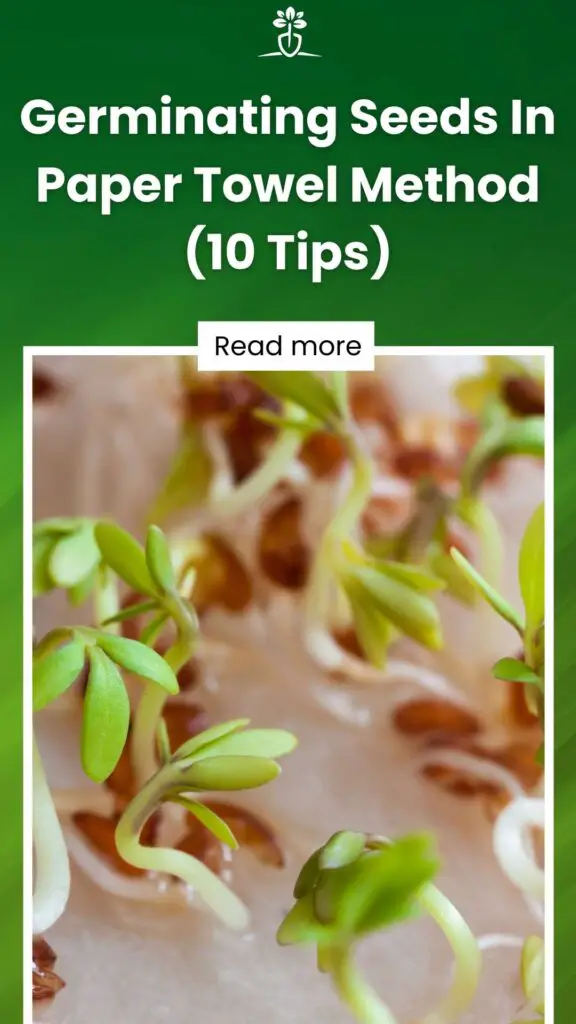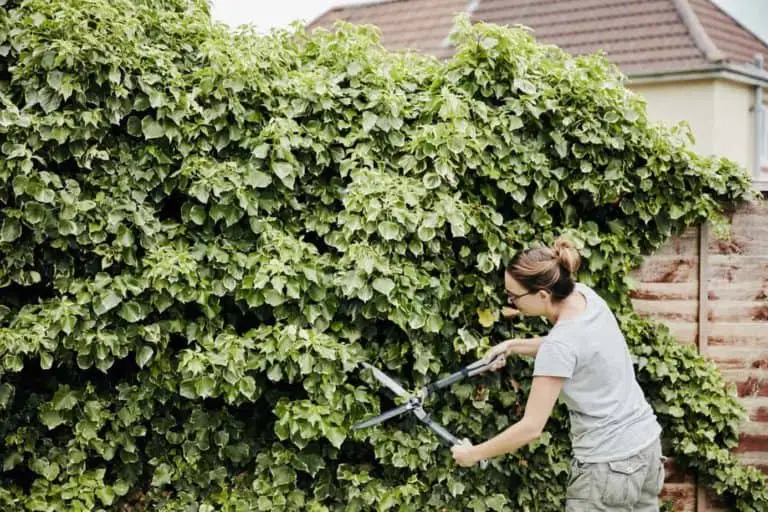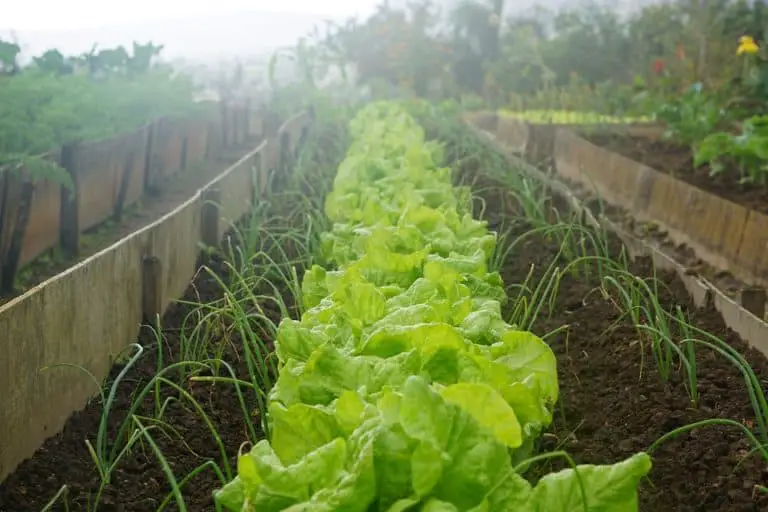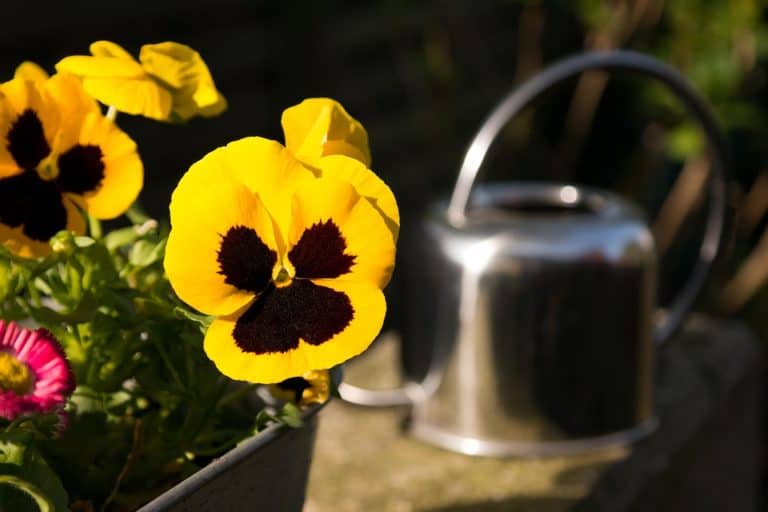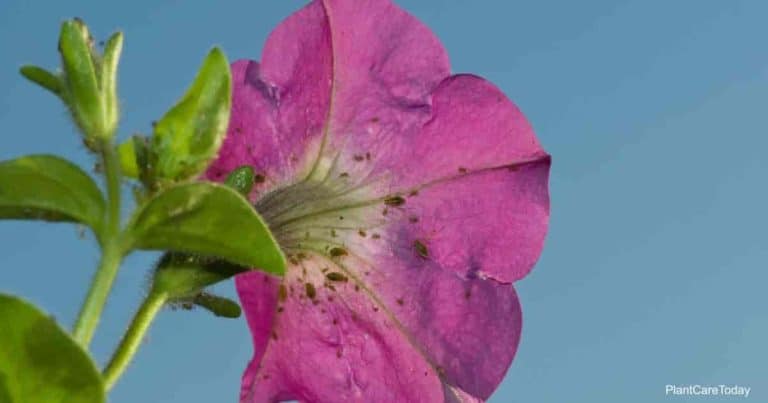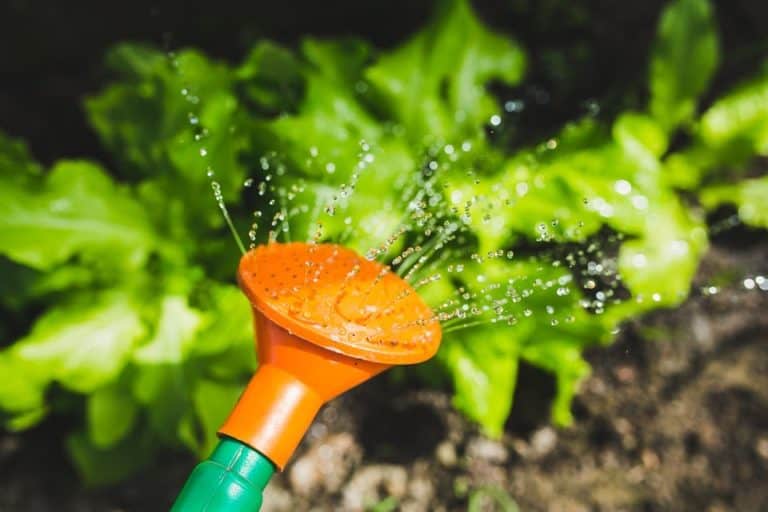Germinating Seeds In Paper Towel Method (10 Tips)
Germinating seeds is a tricky business. It is nearly impossible to keep an eye on their growth progress in the soil, as well as maintain good growing conditions in a substance that easily loses moisture.
However – what if we told you that we have the perfect solution to watching your seeds grow in conditions that won’t change on a whim?

The paper towel method is easy, it doesn’t involve messing around with dirt, and it will half the amount of time it takes to germinate your favorite seeds.
If this sounds like something you need to up your gardening game, carry on reading to find out how to germinate seeds using the paper towel method, as well as learning 10 useful tips that will make your seeds a success!
Contents
What Does It Mean To Germinate Seeds In A Paper Towel?
While you can plant seeds straight into the soil, this may mean that you don’t create the optimum moisture climate for your seeds to grow.
When you germinate seeds in a paper towel, you simply place new seeds onto a moist paper substance and leave them to sprout.
Using the paper towel method is better for controlling all of the growing conditions, particularly how warm your little ‘greenhouse’ is and how much moisture is contained.
It is also brilliant for keeping an eye on and documenting the growth pattern of your seeds.
When you plant seeds into the soil, you can’t see their progress – you just have to trust that they are growing.
However, when you germinate them in a paper towel, it is incredibly easy to see the rate at which they are growing, and it is also easier to distinguish between which seeds are which!
This is because you can write the names of the seeds on the paper towel, next to the germinating seeds.
Is It Good For Seed Growth?
Germinating seeds in a paper towel is good for seed growth in the long run because the start of a seed’s lifecycle is the most important stage – and it is how you know whether a seed is viable for growth.
This is because it can be easily monitored in a paper towel, and you will be able to tell almost immediately how well the seed develops roots before it comes to the time to plant it in soil – saving you lots of time in the long run!
However, the one thing that can affect seed growth using this type of germination method is the delicate nature of extracting the seed from the paper towel.
You will have to be extremely careful when moving the seeds from the paper to the soil.
The beginning roots are very sensitive and will break incredibly easily. You will have to use tweezers to reduce the risk of damaging them as you place them into the soil!
Germinating Seeds In Paper Towel Method

What You Will Need
- Paper towels, filter paper, or newspaper
- Clear, zip-close bag (sandwich size)
- Water
- Seeds of your choice!
Directions
- Tear your choice of paper up into multiple pieces, roughly the size of a book. If you are using paper towels, simply tear them in half.
- Moisten one piece of paper or one of the halves of paper towel.
- Put five or so seeds on half of this paper in a row, making sure they are equally set apart. Fold the other half of this paper over the seeds.
- Open your zip-close bag – large enough to fit your paper towel in without them being knocked.
- Place the seeds in the bag, then reseal the bag. There should be quite a bit of air left inside, as the bag will act as a greenhouse that retains moisture!
- Now, all you have to do is wait for the seeds to sprout. They should be kept in room temperature conditions, out of any direct sunlight.
Where Should You Plant Them Afterward?
The next step is a bit tricky. This is because you will have to remove the incredibly delicate seeds from the paper towel and transfer them to either soil or a substance like vermiculite.
Vermiculite is a mineral that works as a moisture-retaining substance for newly growing plants.
These should still be planted inside, so do this in a pot or another container (especially if the weather is cold outside).
To remove them from the paper, you will need to find yourself a pair of tweezers, as the roots will be too delicate to touch with your hands. With the tweezers, you should carefully pick up the seed body.
Now, place them softly in the moist soil. There should be a ready-made hole for the seedlings to go into – don’t push them in, or they will break!
Once you have placed the seedlings in the soil (the entire root should be able to fit into the hole), hold the seedling in place and brush the soil over the top of it.
However, you should bear in mind that if the seed has already sprouted some leaves, these should not be placed under the moist soil, or they will rot. Keep these sticking up if you have them!
After these have been growing for a few weeks indoors, you can take the seedlings outside and plant them in moist soil in warmer weather.
What Seeds Work Well With The Paper Towel Method?
Almost every single seed can be germinated using the paper towel method. This is because it is basically the same as planting it in soil, but you will be incorporating a greater amount of moisture and heat into the growing process – making the initial growing process more effective.
Great seed choices for this method include:
- Green beans
- Tomatoes
- Zucchini
- Peppers
- Lemons and Clementines
- Squash
However, you will need to bear in mind that these seeds will have different germination times. Always check the packaging of the seeds first (or give them a Google) to see how long they take to germinate.
This is especially important if you are putting a variety of different seeds into one paper towel.
If they all sprout at different times, then you might have a problem carefully extracting some of the sprouting seeds, without affecting the seeds that are still waiting to germinate!
10 Tips To Germinating Seeds In A Paper Towel

1. Use A Gardening Journal
Gardening journals are a brilliant way of keeping track of how all of your seeds and plants are growing! You will be able to flick back through this book and see what worked and how it worked best – and it is also an amazing way of making sure you don’t keep making the same gardening mistakes.
This will make you the ultimate gardener – you will be at the top of your game, by constantly learning from yourself.
As well as this, journals are lovely just to spend some time working on them, whether that’s writing accounts, or even sketching or painting the masterpiece that is your garden.
2. If You Are Planting Multiple Seeds, Plant The Ones With The Longest Germination Time First
This is perhaps the most important tip. Some seeds can germinate within a week, and others can sprout within a day.
As was mentioned earlier, if you are planting different types of seeds in the same paper towel, it will make it difficult to extract some seedlings before others are ready to be replanted.
As well as this, the paper towel method speeds up most germination times. If you do the longest germination times first, you will be able to see the rate at which it speeds up these seeds’ growing processes – then you can adjust your growing for seeds with shorter germination times.
3. Space Your Germination Out
To an outsider, this tip might sound particularly strange. But if you love gardening as much as we do, you will want to make the most out of your growing times!
Because this method is so simple, it can be easy to set up a whole batch of seeds and grow them all in one go. But if you do a few seeds/one type of seed every couple of nights, you will have a constant supply of seedlings to observe, so you can enjoy waking up to freshly germinated seeds every day!
4. Pre-Prepare The Proper Type Of Soil For Your Seeds
You can never be too prepared when it comes to gardening. As well as this, it is difficult to foresee the exact germination time of different seeds – particularly when using the paper towel method, as it certainly speeds everything up.
If you prepare the soil you are going to transplant your germinated seeds to before the time to move them comes, then you won’t run the risk of leaving your seeds too long in the plastic bag, which could cause rotting.
5. Keep Watch For Any Problems
One thing the paper towel method does very well is it allows you to watch your seedlings grow. This is very important at the early stages of germination, as you won’t yet know whether your seeds are viable, or whether you have got the right conditions for them to grow in.
It is good practice to consistently check on your sprouting seeds, so you will be able to notice if they are experiencing any growing pains!
6. Always Write The Seed Type And Date On The Plastic Bag Or Paper Towel
Along with a journal, this is a great way of keeping track of what you are growing and where/when.
It is always useful to know the exact day you started germinating your seeds so that you can work out how long each type of seed will grow for using the paper towel method – making for a great reference point in the future.
Also, if you write the seed type, then you won’t make the mistake of planting a ‘tomato plant’ after the germination process is done, and ending up with a zucchini!
7. Be Patient
Don’t let yourself be discouraged if your seeds aren’t growing in the time you expect them to. While using the paper towel method will most definitely speed up the germination process, there are so many other factors that can affect the rate at which your seeds will grow.
While we would recommend that you keep a check of the conditions in your seed bag (just to make sure there aren’t any easy-fix issues) some seeds are just slower to germinate than others. This is particularly prevalent if the seeds are slightly older.
8. Keep Checking The Moisture Levels Of The Paper Towel
How wet or dry your paper towel is can make or break germination. Similar to how a greenhouse works, your plastic bag with the paper towel and seeds require lots of moisture and humidity to germinate. Without moisture, they will simply dehydrate!
But on the other hand, if there is too much moisture in the bag or the paper towel is too wet, then this will cause your new seeds to break down and rot. This is because they will struggle to germinate under water-logged conditions, and when they take too long to germinate, they simply degrade.
You should know within a day or two whether the moisture conditions are just right for your seeds to germinate.
9. Keep Checking For Sunlight
The easiest way to find out whether your seeds need sunlight to sprout is by looking at the packet/internet! If a particular seed does need direct sunlight, then it might not be enough to simply place it on a counter that occasionally sees the sun.
The best way to ensure your seeds germinate in sun-lit conditions is by taping them to a window that gets lots of sunlight, or even a glass door.
However, we would always recommend looking at the seed packet to see how they recommend getting the right amount of sunlight as well.
10. Always Check The Date If You Are Using A Packet Of Seeds, Or Keep Track Of How Old The Seeds Are If You Have Collected Them Yourself
The average viability time of a seed is around one year. While some seeds may work up until 2 years, this will significantly decrease the possibility of them sprouting.
However, even if the seed is out of date, this doesn’t mean that you will be unable to bring it back to life again! To revive your out-of-date seeds, you can try using a piece of sandpaper to rub the outer shell of the seed.
While this will be tricky business, particularly if you are using tiny seeds, the abrasions caused by the sandpaper will hopefully create big enough gaps that will encourage water to be manually absorbed. With this increase in water, your old seeds might just start to germinate.
Another easy method to germinate old seeds is by moistening the paper towel with carbonated water. The carbon dioxide in carbonated water will further push the water into the seed, which could definitely give the seeds a new life.
Finally, you can try using a small knife to slice the spine of the seed. Warning: This will need to be carried out by an adult!
When you cut the seed open, this will provide a huge amount of surface area for water to be absorbed into the seed. This is a final resort way of germinating your old seeds, so if this doesn’t get the seed sprouting, it might be time to throw them away and buy/find a new batch.
To Sum Up
Germinating seeds in a paper towel is a great way of getting your seeds to sprout. Not only does it speed up the germination process, but it also reduces the amount of time you have to spend digging around dirt!
As well as this, when your seeds are germinating in soil, it is incredibly difficult to keep an eye on how fast they are growing, or whether they are viable and growing at all.
The paper towel method allows you to see the whole process clearly, which means that you can document how different types of seeds sprout, and then use this information in the future to make for some very efficient gardening.
